Reise durch Sri Lanka - 19
|
|
Reise durch Sri Lanka - 19 |
Polonnaruwa 2
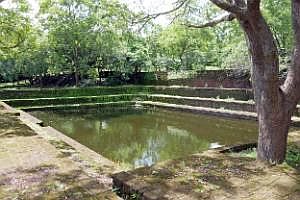
Polonnaruwa: Pool Eines Klosters |
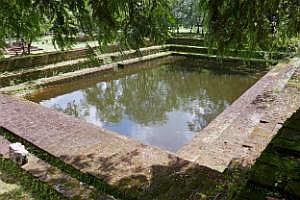
Polonnaruwa: Pool Eines Klosters |
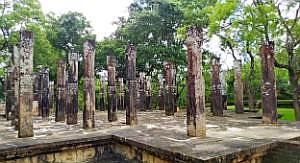
Polonnaruwa: Steinsäulen eines Gebäudes |
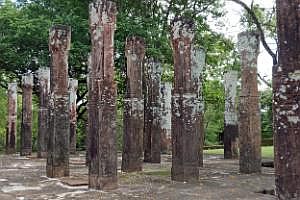
Polonnaruwa: Steinsäulen eines Gebäudes |
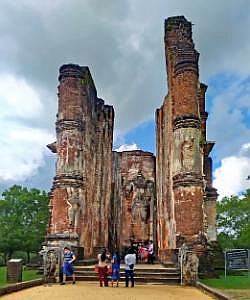
Polonnaruwa: Lankathilaka Vihara (Statuenhaus) wurde unter König Parakramabahu dem Großen (1153-1186 n. Chr.) erbaut. Die Säulen sind 17 m hoch, man vermutet ursprünglich die doppelte Höhe. An der hinteren Wand ist der Torso einer stehenden Buddhastatue zu erkennen (ursprünglich ca. 12 m hoch). |
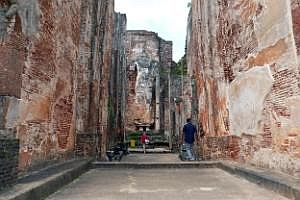
Polonnaruwa: Lankathilaka Vihara - Im Hintergrund die große Buddha-Statue |
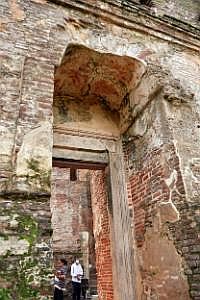
Polonnaruwa: Lankathilaka Vihara - Reste von Fresken |
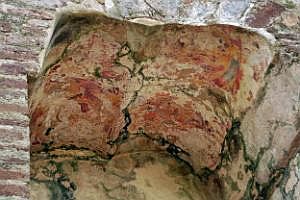
Polonnaruwa: Lankathilaka Vihara - Reste von Fresken |
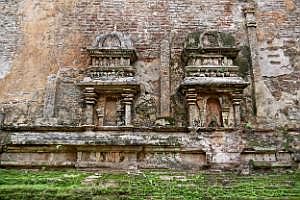
Polonnaruwa: Lankathilaka Vihara |
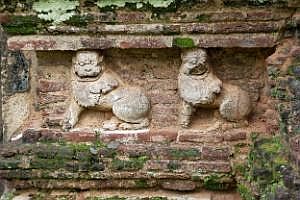
Polonnaruwa: Polonnaruwa: Lankathilaka Vihara - Löwenrelief |
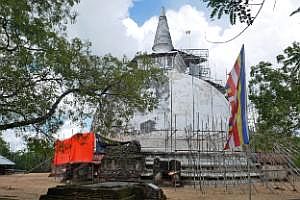
Polonnaruwa: Kiri Vihara ('Milchweiße Dagoba') |
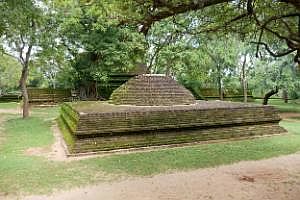
Polonnaruwa: Kleine Stupas |
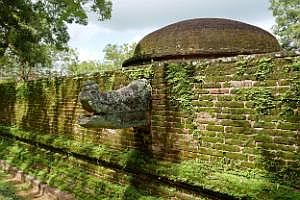
Polonnaruwa: Wasserspeier |

Polonnaruwa: wehrhafte Blätter |

Polonnaruwa: wehrhafte Blätter |
|
|
|
|
|
Der Gal Vihara (ursprünglich Uttararama) ist ein Felsentempel des Buddha in der antiken Stadt Polonnaruwa aus dem 12. Jahrhundert. Das zentrale Merkmal des Tempels sind vier FelsreliefsStatuen des Buddha, die in die Oberfläche eines großen Granitfelsens (Granitgneis) gehauen wurden. Die Bilder bestehen aus einer großen sitzenden Figur, einer weiteren kleineren sitzenden Figur in einer künstlichen Höhle, einer stehenden Figur und einer liegenden Figur. Diese gelten als einige der besten Beispiele der alten singhalesischen Bildhauerkunst und haben das Gal Vihara zum meistbesuchten Monument in Polonnaruwa gemacht. Quelle und weitere Informationen: https://en.wikipedia.org/wiki/Gal_Vihara |
|
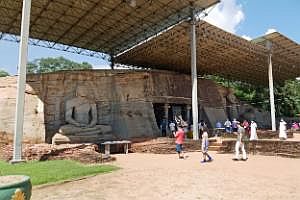
Polonnaruwa: Gal Vihara |
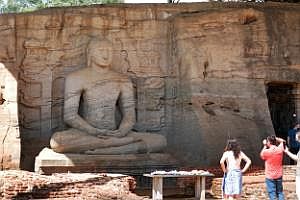
Polonnaruwa: Gal Vihara |
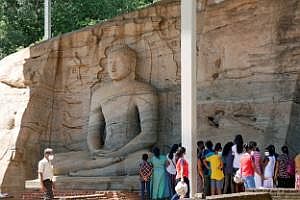
Polonnaruwa: Gal Vihara |
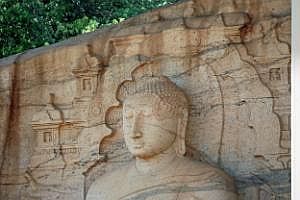
Polonnaruwa: Gal Vihara |
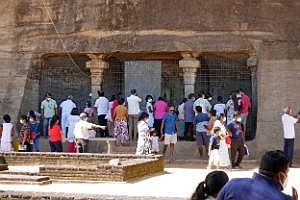
Polonnaruwa: Gal Vihara |
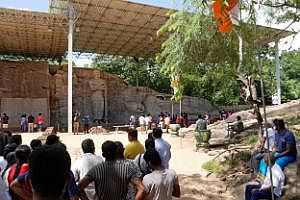
Polonnaruwa: Gal Vihara |
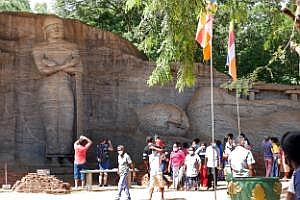
Polonnaruwa: Gal Vihara |
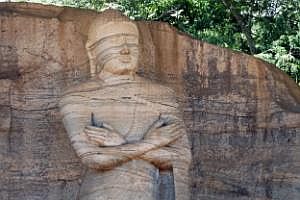
Polonnaruwa: Gal Vihara |
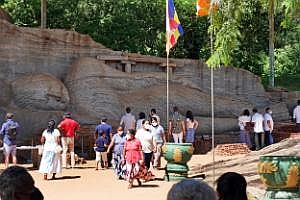
Polonnaruwa: Gal Vihara |
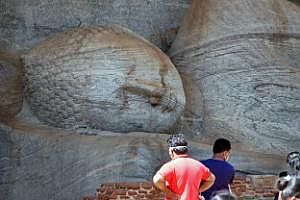
Polonnaruwa: Gal Vihara |
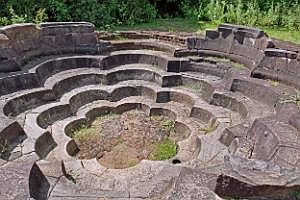
Polonnaruwa: Nelum Pokuna (Lotus Pond) |
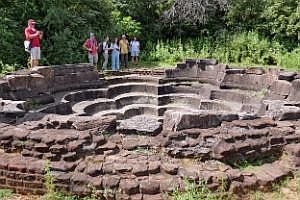
Polonnaruwa: Nelum Pokuna (Lotus Pond) |
| © Hans-Peter Grumpe |
|
|